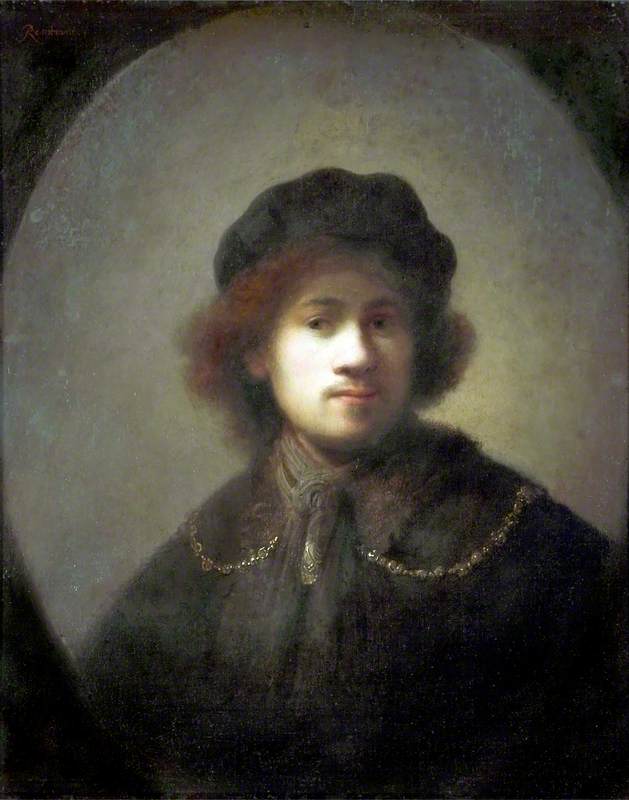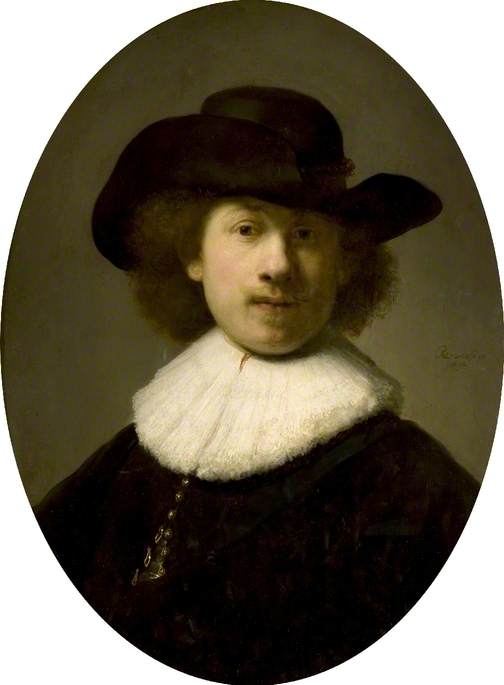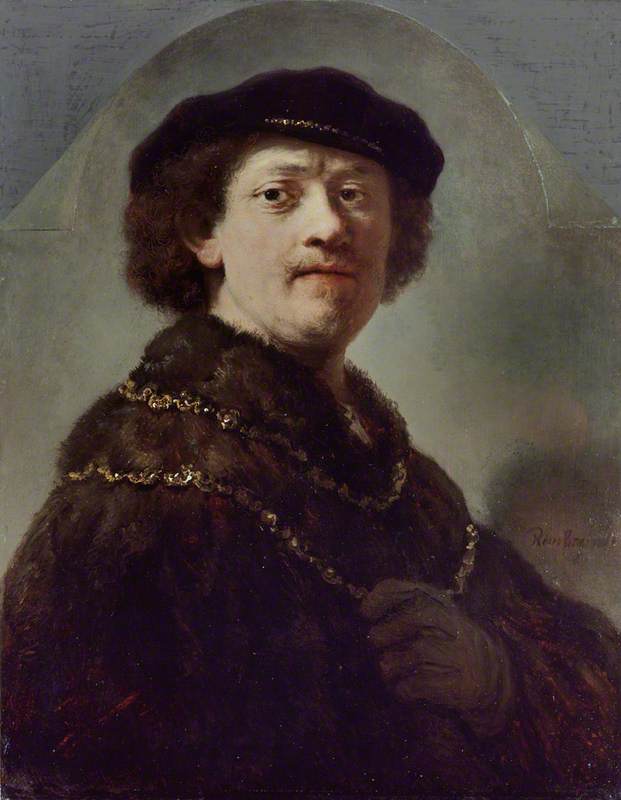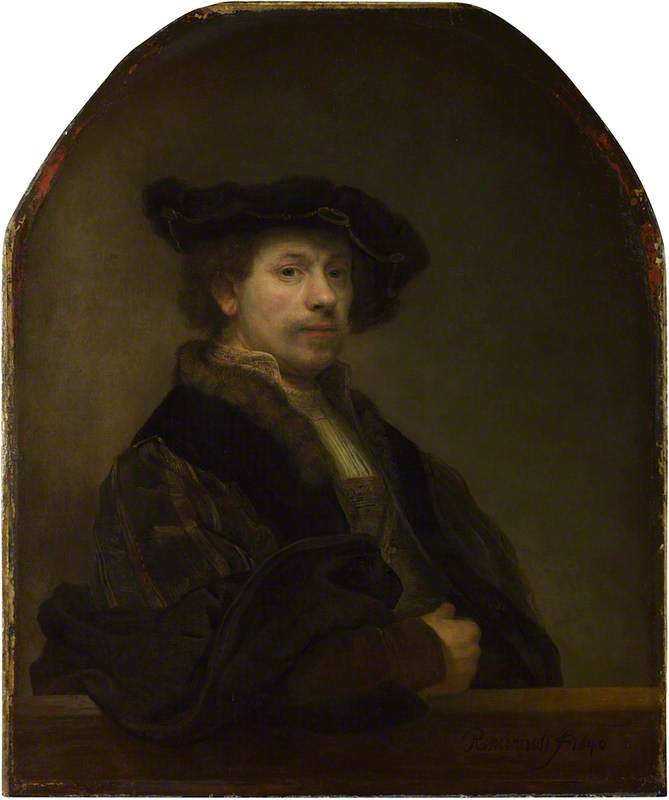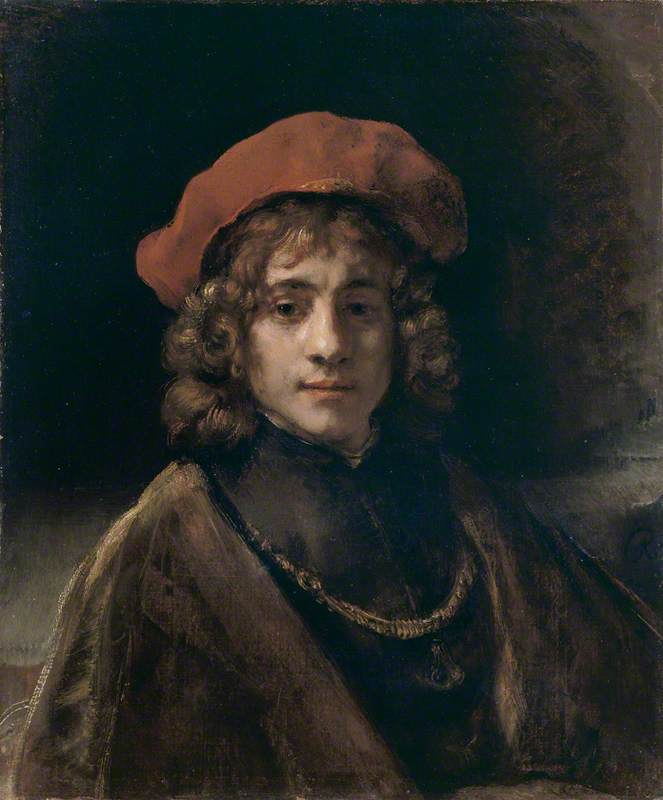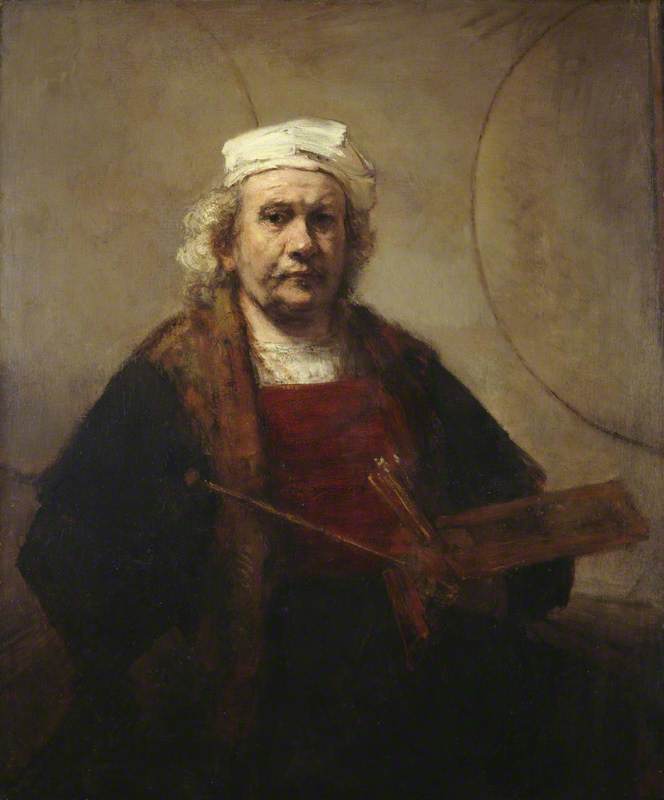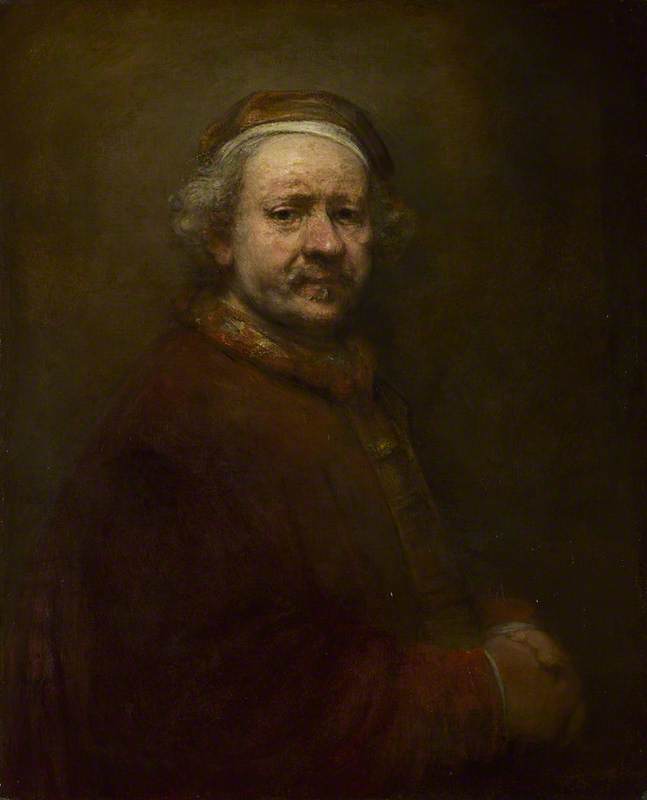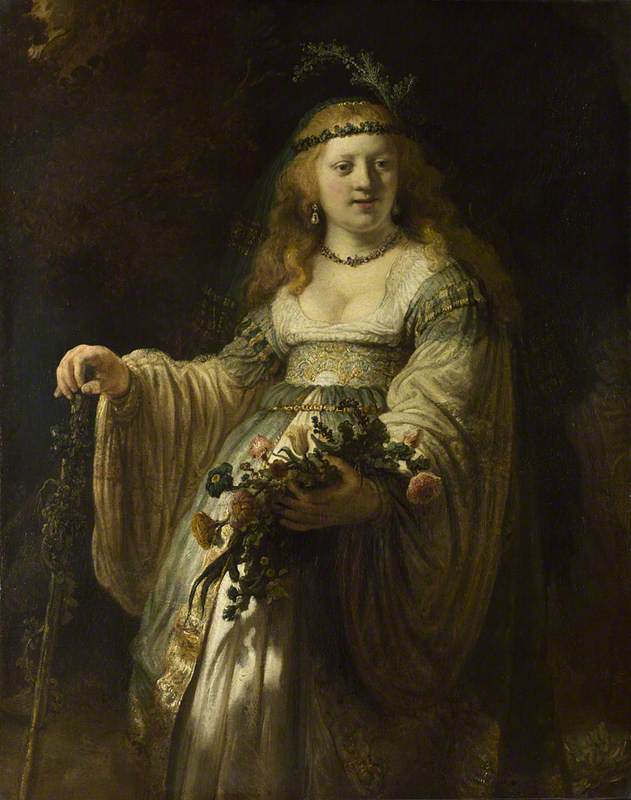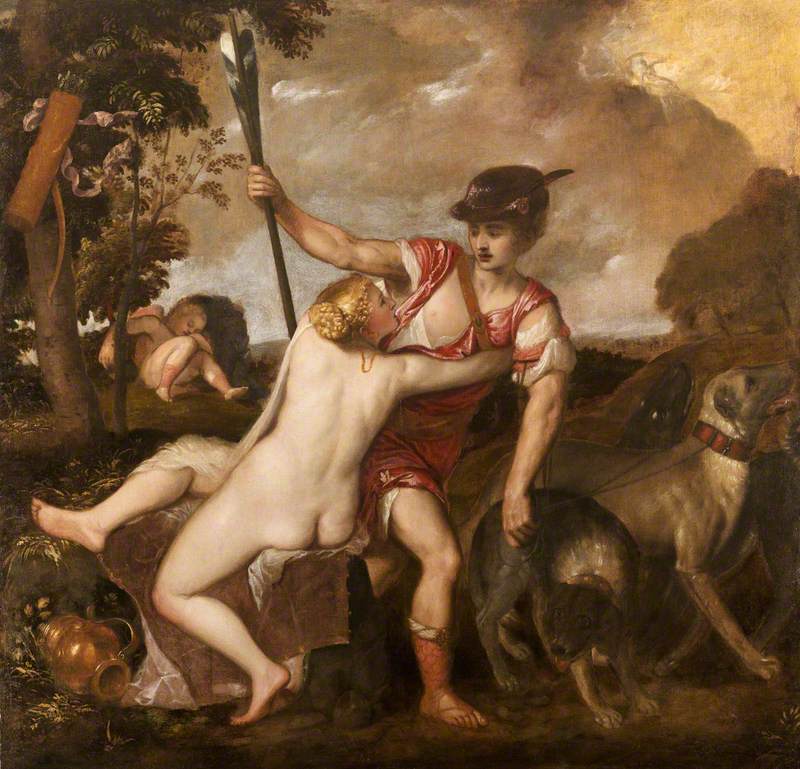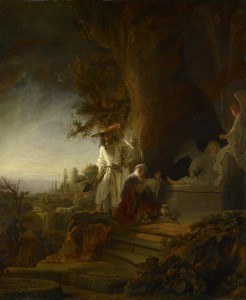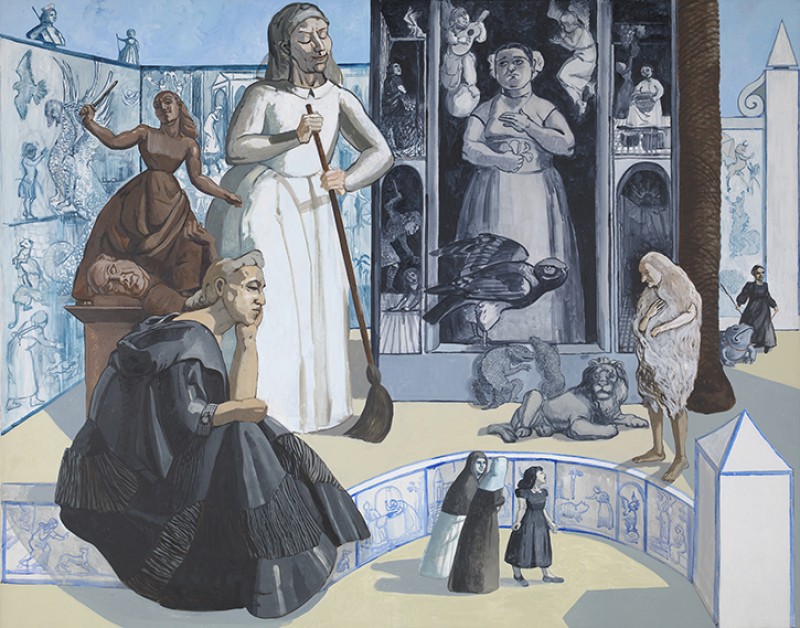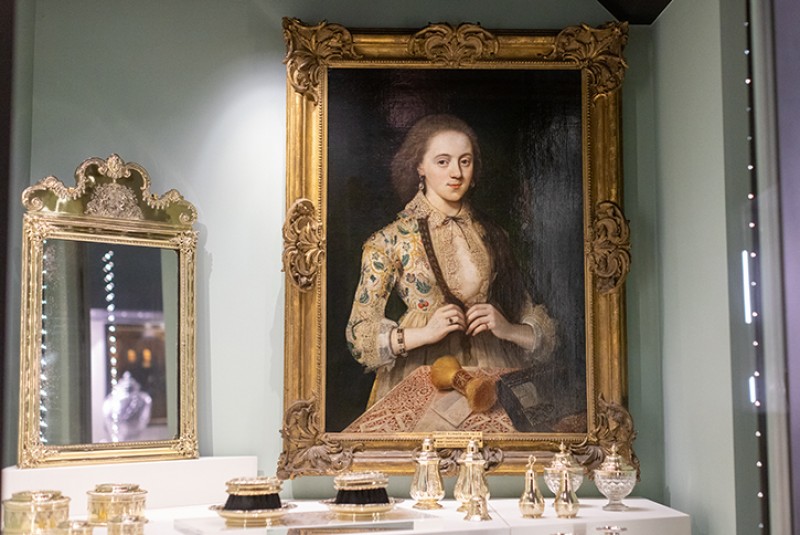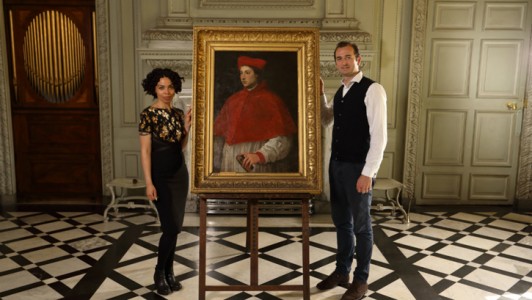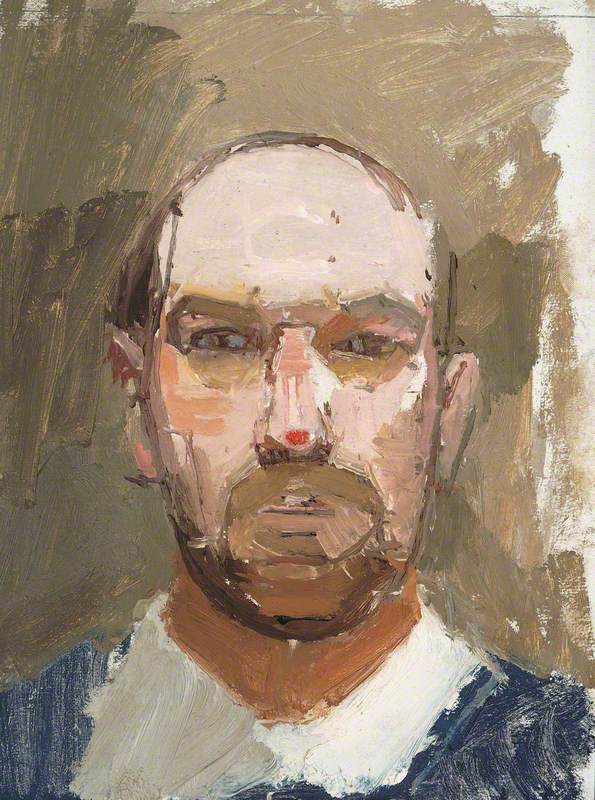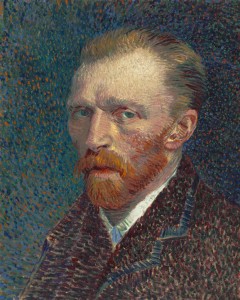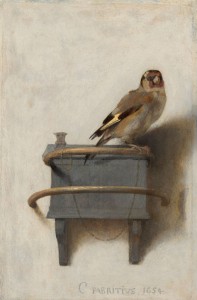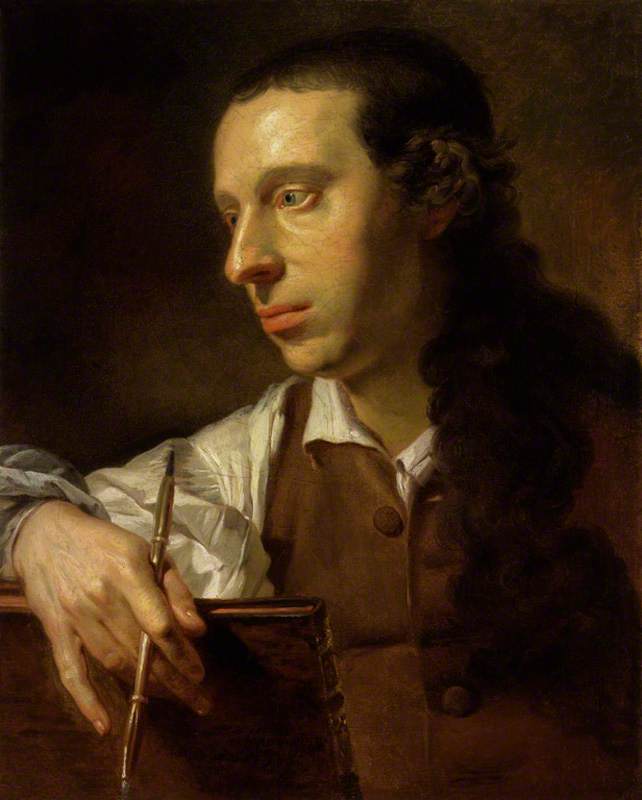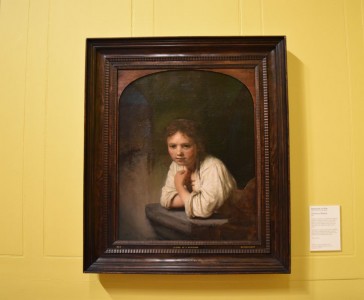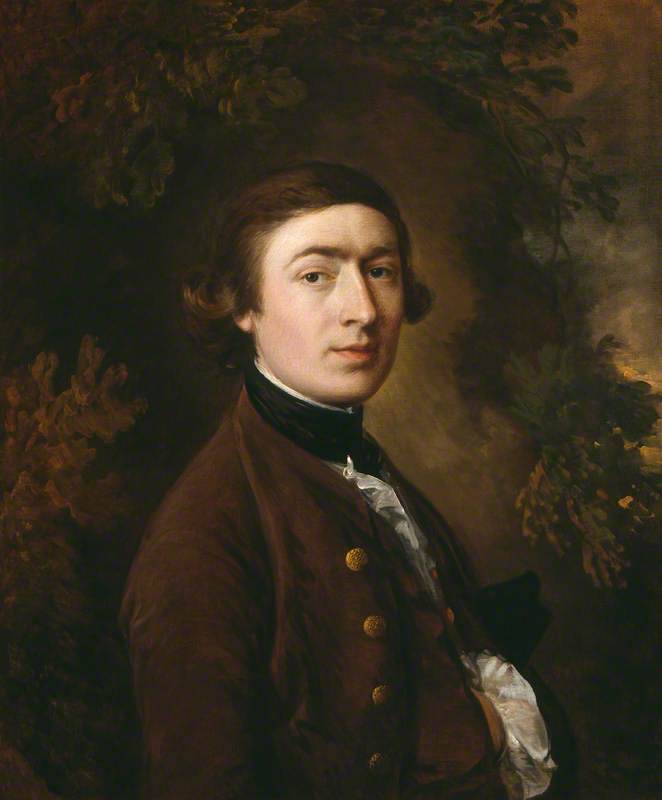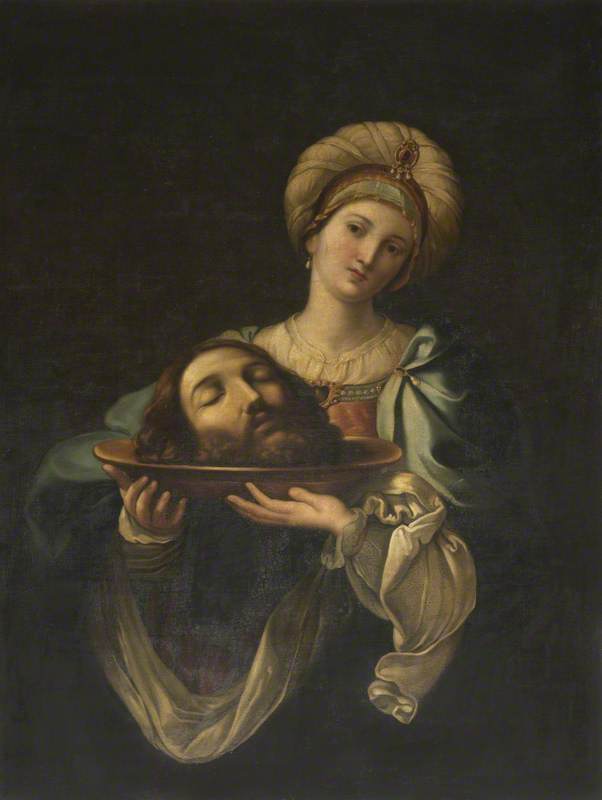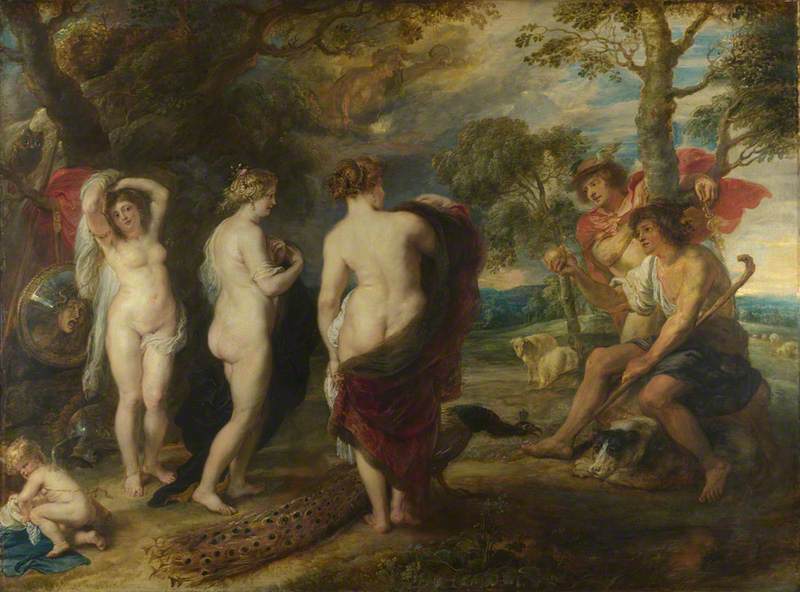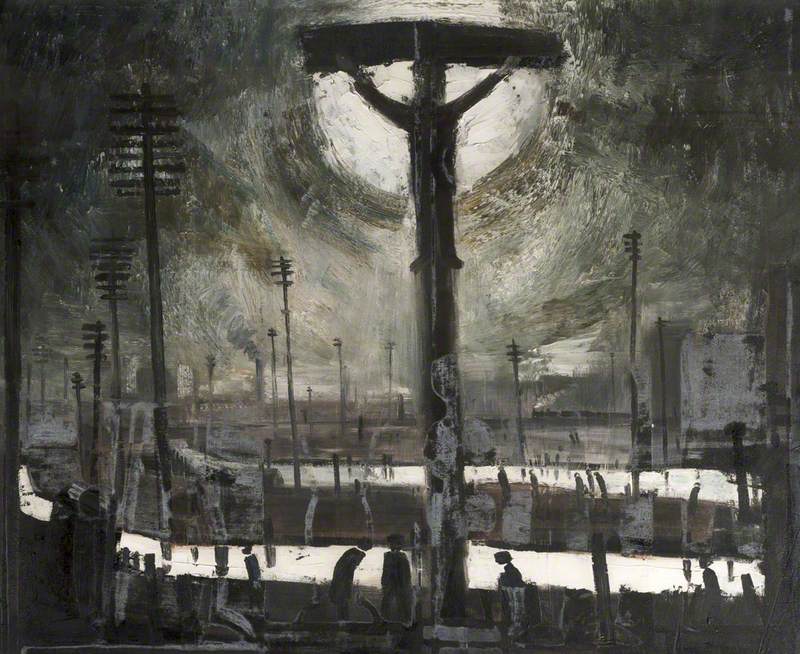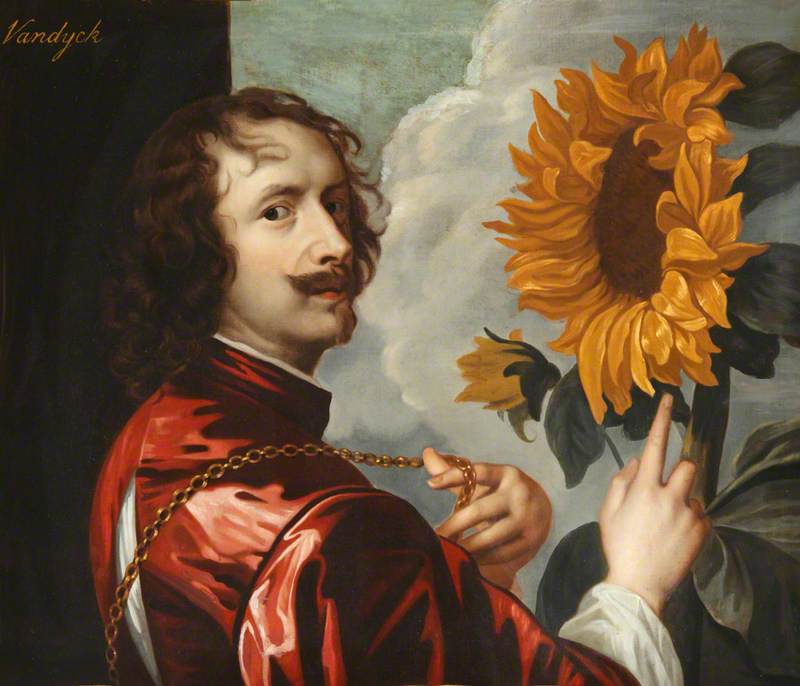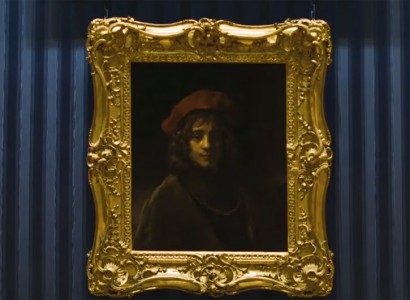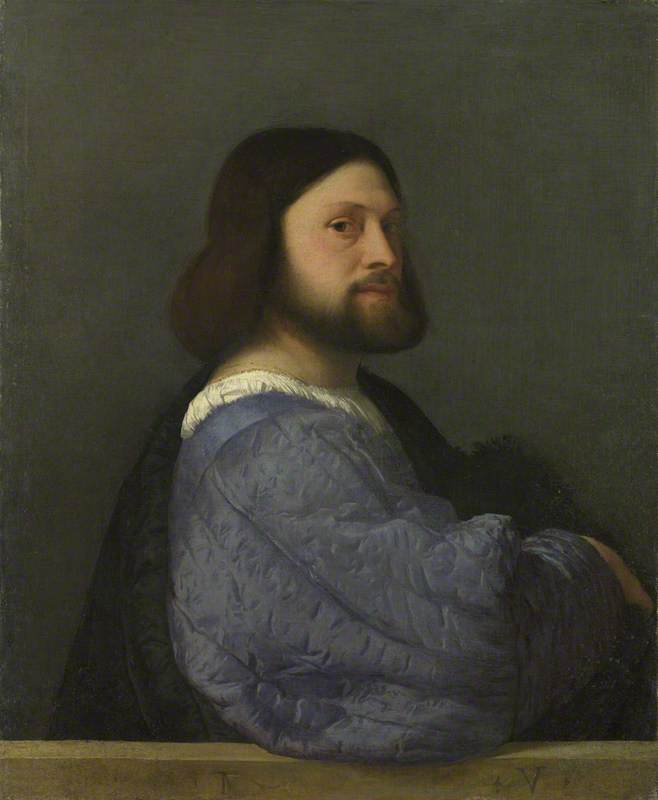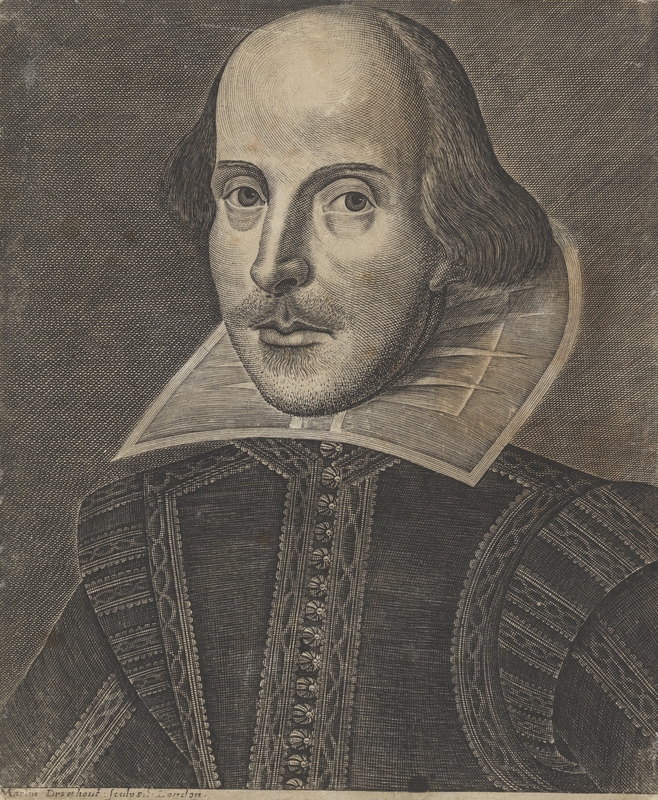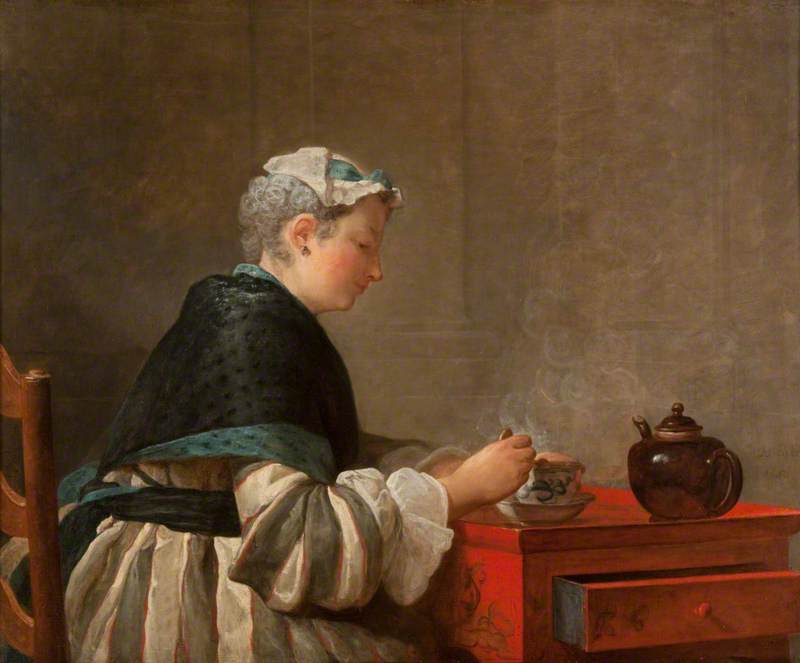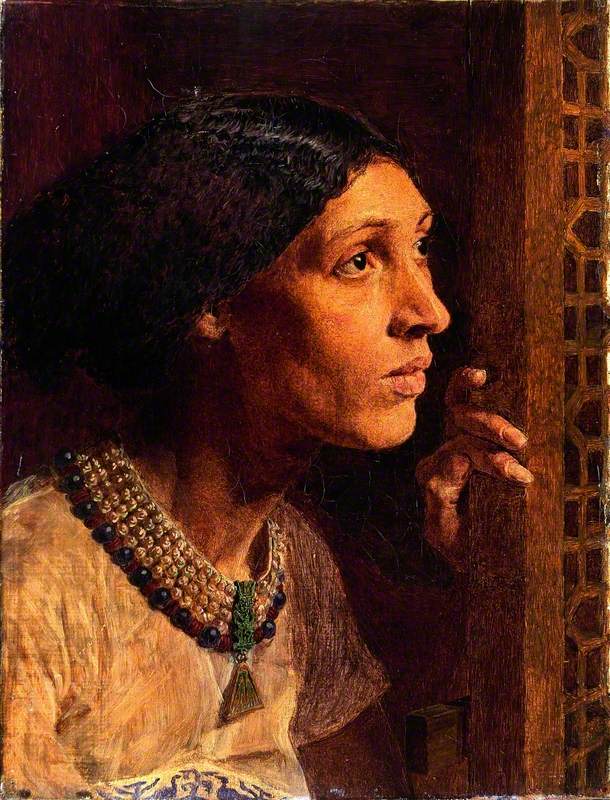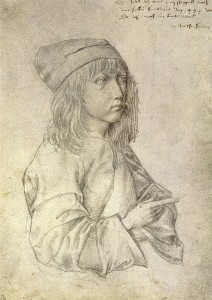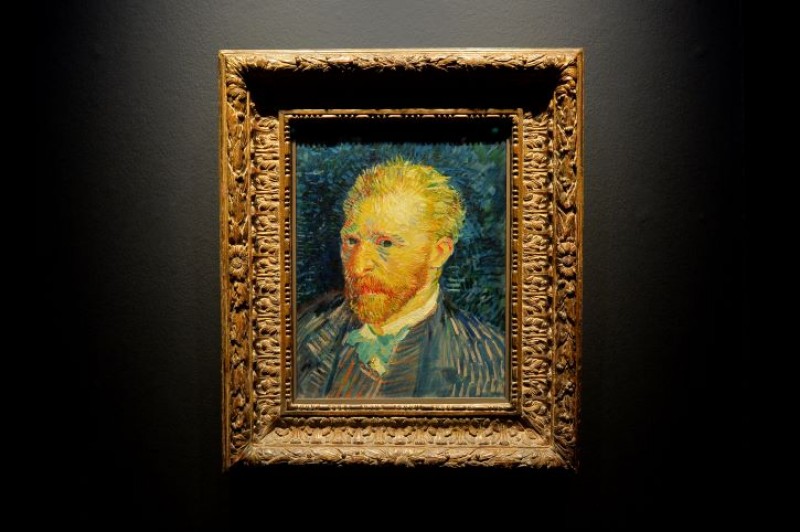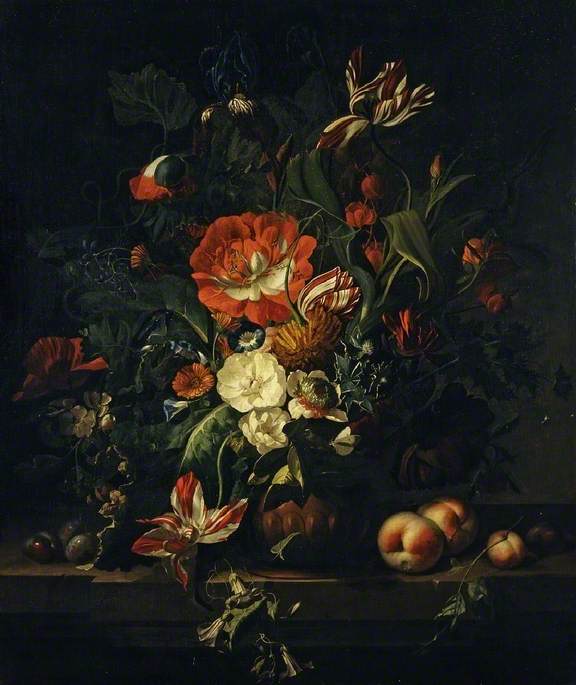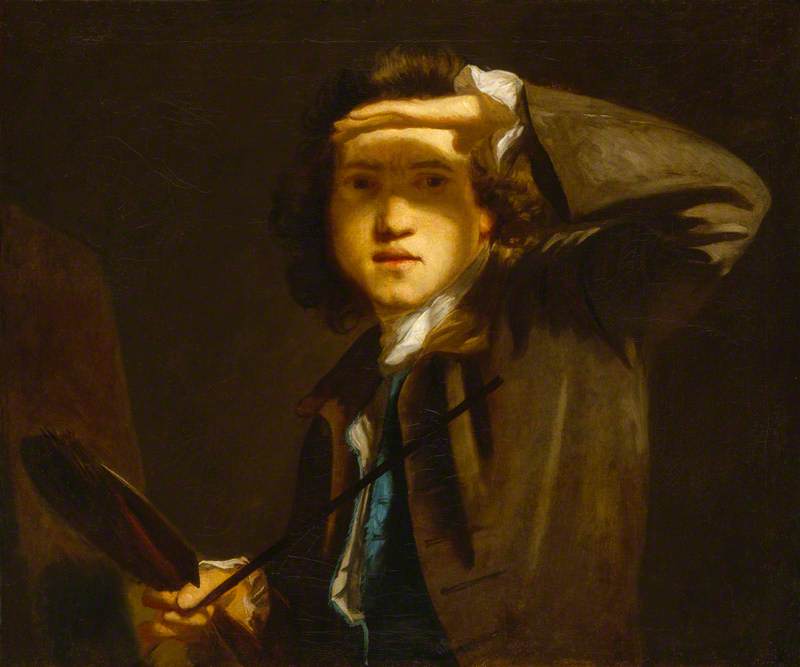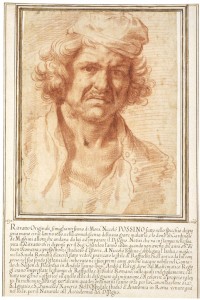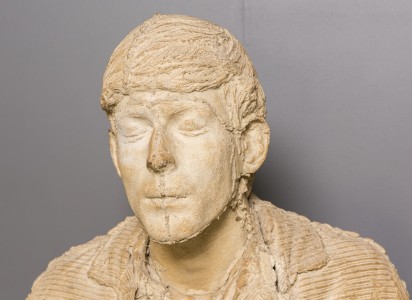Is making a
Three self portraits
Rembrandt van Rijn (1606–1669) 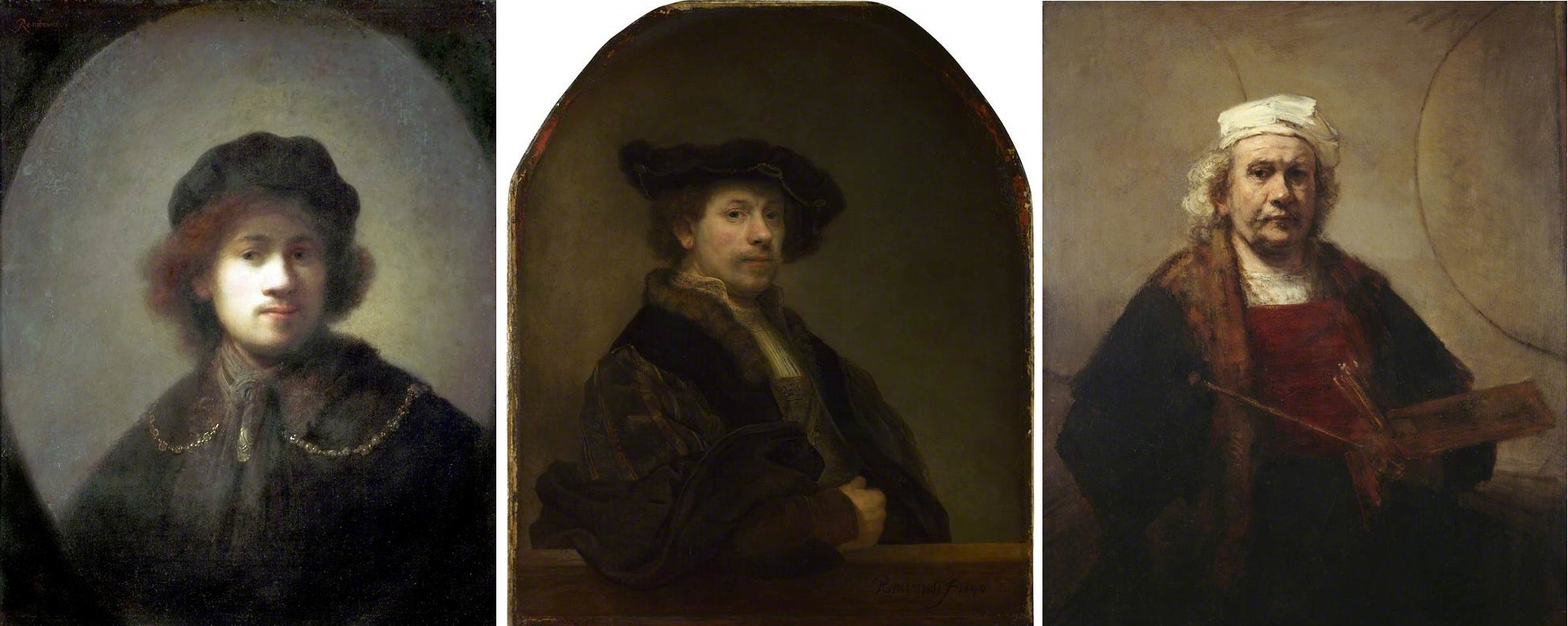
You might never have painted a picture of yourself, but you’ve probably taken a selfie. You could see selfies as a modern form of the
The Dutch artist Rembrandt van Rijn famously created almost a hundred
Rembrandt’s
Youthful exuberance
Two self portraits
1629 (drawing) and 1630 (etching) by Rembrandt van Rijn (1606–1669) 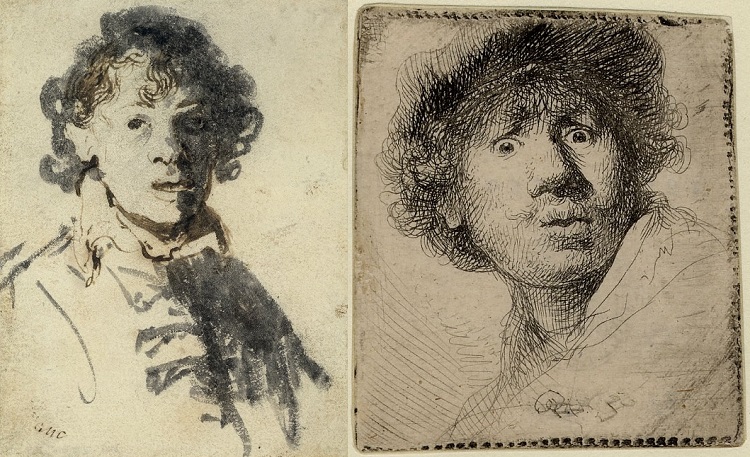
The rapid sketch in pen and brown ink is one of Rembrandt’s first
This painting dates to around 1630, when the artist was 24 and
The search for fame
Self portrait
1631, etching by Rembrandt van Rijn (1606–1669) 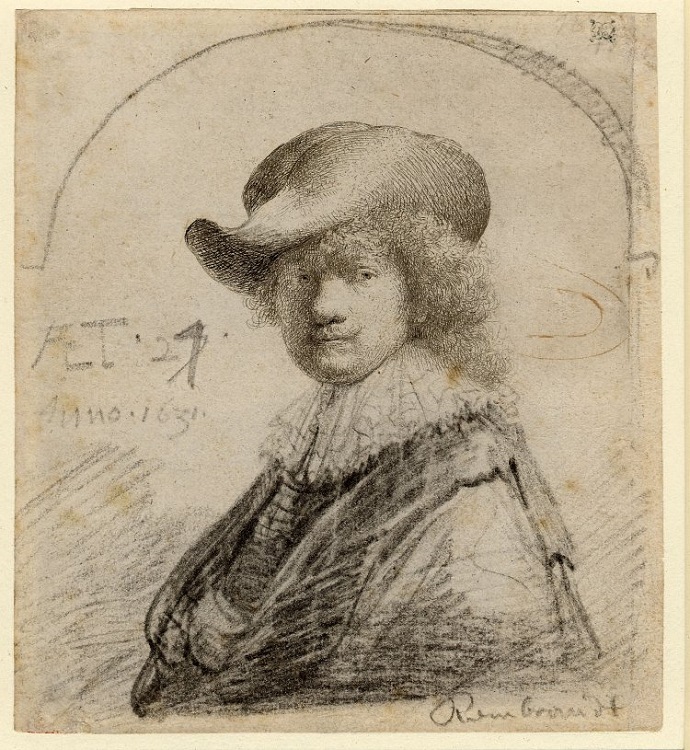
In 1631 Rembrandt moved from Leiden to Amsterdam to work for the influential art dealer Hendrick van Uylenburgh. He was conscious of the fame of his fellow Netherlanders Rubens and van Dyck, and in this
The black chalk addition on the etching dates from the time he was working on this painted
In 1634 Rembrandt married Saskia van Uylenburgh, the niece of Hendrick van Uylenburgh and daughter of the burgomaster (mayor) of Leeuwarden. She brought Rembrandt a great dowry, which in the short term meant he did not have to worry about money and could concentrate on art – he became the greatest portrait painter in Amsterdam during the Dutch Golden Age.
Fake or fortune?
Self Portrait, Wearing a White Feathered Bonnet
1635
Rembrandt van Rijn (1606–1669) (and studio possibly) 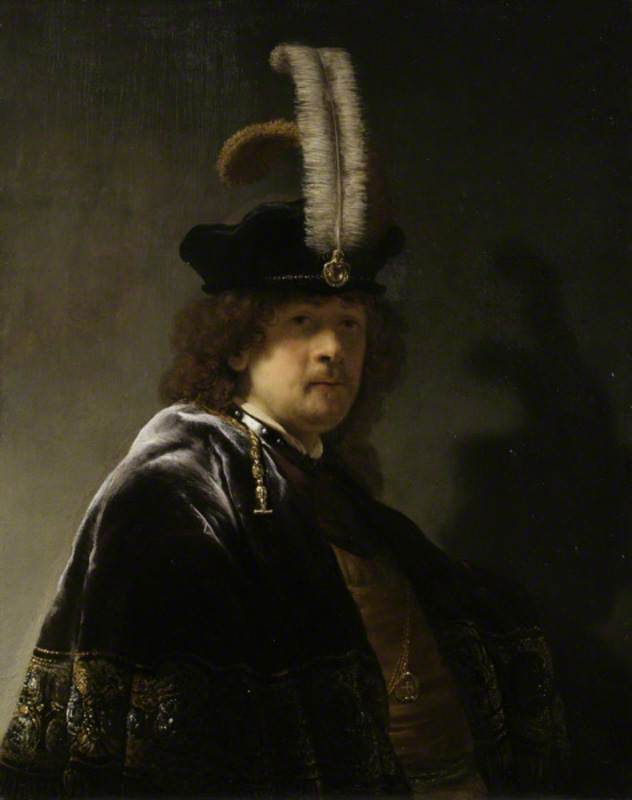
This rather splendid
Acquired as a genuine Rembrandt, in 1968 it was suggested that it was not authentic. After much scientific research in the past ten years, it has been reattributed to the
Another Rembrandt that has had doubt thrown on its authenticity is this
Looking to the past for authority
Self portrait
1638, etching by Rembrandt van Rijn (1606–1669) 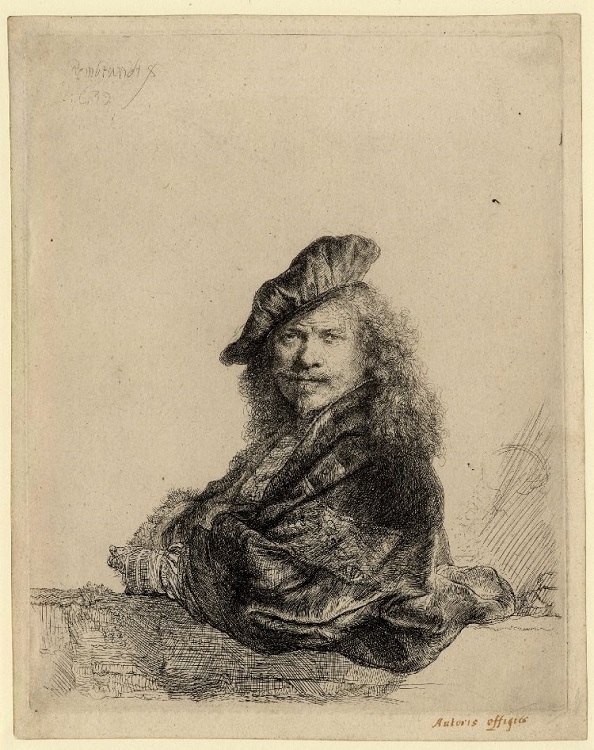
These
Rembrandt took inspiration from two sixteenth-century works, Raphael's Portrait of Baldassare Castiglione, now in the Musée du Louvre, Paris, and Titian's Portrait of Gerolamo (?) Barbarigo, now in the National Gallery, London. In Rembrandt's day, both these paintings were owned by an Amsterdam collector, Alfonso Lopez, and were widely known. Just as he had earlier taken inspiration from Rubens, Rembrandt probably wanted to be seen as Raphael's student and artistic equal – a true Old Master.
Love, death
Rembrandt’s personal life took a downturn in the late 1630s and early 1640s. Saskia and he had four children, but three of them died shortly after birth. Their surviving son, Titus, was born in 1641, but Saskia died in June 1642, aged just 29. Geertje Dircx was hired as Titus' nurse and also became Rembrandt's lover. She would later charge Rembrandt with breach of promise (she claimed he had promised to marry her
To continue the soap opera, Rembrandt was living beyond his means and was declared bankrupt in 1656. Titus and Hendrickje were forced to administer the production of his etchings and the sale of his pictures, in 1658. Both Hendrickje and Titus were to die before Rembrandt – Hendrickje in 1663 and Titus in 1668, aged just 26.
Looking to posterity
This portrait from the collection at Kenwood House belongs to the last category of Rembrandt’s
This is not a youthful ‘selfie’. It is possibly unfinished – it is not dated or signed, the paint is loose and experimental, the hands are half-painted. There is a mysterious background, with two partial circles – maybe he is painting a new canvas.
You can compare the Kenwood
So what is he trying to say in these works? Rembrandt’s personal circumstances perhaps give us a clue. In his 30s, he was the greatest portrait painter in Amsterdam. By 1657 he was
So this is an artist speaking directly to posterity – showing that although his life may end soon, his art will stand forever.
Andrew Shore, Head of Content at Art UK
Find out whether this self portrait turned out to be a genuine Rembrandt on the latest series of BBC Four's Britain's Lost Masterpieces.
